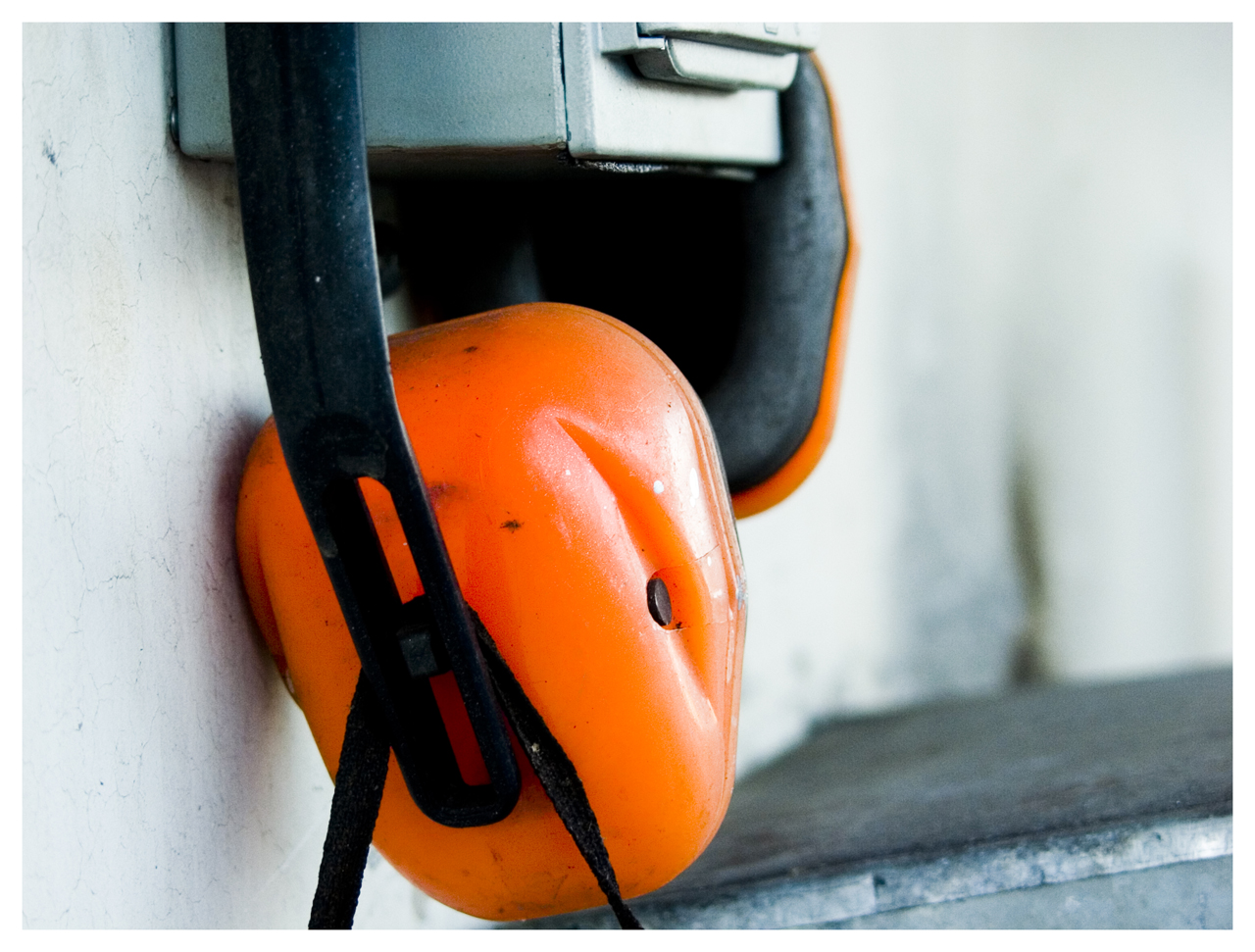Because prevention is always better than cure……..
Any type of work involves risk, whether you are working in a home office or on an oil rig. The risk levels vary of course and some are prominent while others are subtle but this doesn’t change the fact that they exist.
This is why it is important to take precautionary measures in any work environment. Common health and safety hazards in the workplace include; slipping and falling, transmissible diseases, transportation accidents, internal violence, toxic events (chemical and gas exposure), electrocution, ergonomic injuries, eye injuries, and hearing loss.
Of the examples given above, some are direct causes of injury while others slowly and steadily deteriorate our health. In certain professions the hazards are fairly obvious and each working environment is different so firstly, all potential risks in your particular workplace need to be identified.
Here are some tips to avoid a few of the most common health and safety hazards in the workplace:
Slipping and tripping
This is probably the most obvious and it can happen anywhere! It may be a bit trivial but industrial and commercial industries are at risk here not only for workers but for members of the public as well. General insurance does not cover compensation in the aftermath of an injury sustained by a member of the public so this is slippery ground for business owners (excuse the pun). Rather have things in place to avoid this simple hazard.
If you’re in an office, make sure that the computer, internet and phone cables are covered or take them off the floor completely, mount them against walls or desks. Where liquids are commonly used such as in a kitchen, ensure rubber mats are used and workers are geared in proper uniform.
Transmissible diseases
In a results driven society, people are encouraged to work even when they’re sick. Enforcing a different sick-day policy may cost the company, but rather have one worker stay home as opposed to having four workers infected with the same virus become bed-ridden. Unfortunately viruses can be incurred anywhere and it has an inordinate effect on an employer especially where deadlines need to be met. A tummy bug or a flu going around in a work place is not an ideal situation at all. Rather put the infected worker in home quarantine!
Hearing loss
This happens mostly in industrial environments like construction and mining. Correct gear is of utmost importance in environments where there is excessive noise like earplugs and headphones. Where possible, loud machines should be separated from the workforce.
Education and prevention
Employees should be aware of the risks they face in a particular job. As much as legal regulations guide workplaces in safety precautions, many accidents occur due to negligence or operating equipment incorrectly. Workers should be educated on how to prevent accidents and training should also be provided by the employer to ensure that workers know how to handle all apparatus in the workplace.
Accidents are unforeseen which is why there should be intervention to avoid misfortunes. The simplest of products could make a huge difference. Anything from cable ties to dome mirrors, wheel stops to corner guards can be used to minimise potential hazards. Unfortunately the good old computer-typed sign is hardly effective anymore in today’s bustling workplace.
Bio
Emily Ford is a writer for the bollard shop, a Perth based supplier of numerous building safety devices including custom designed bollards, parking protectors and traffic barriers.
Author Bio: Emily Ford,
Copywriter | Property Institute
